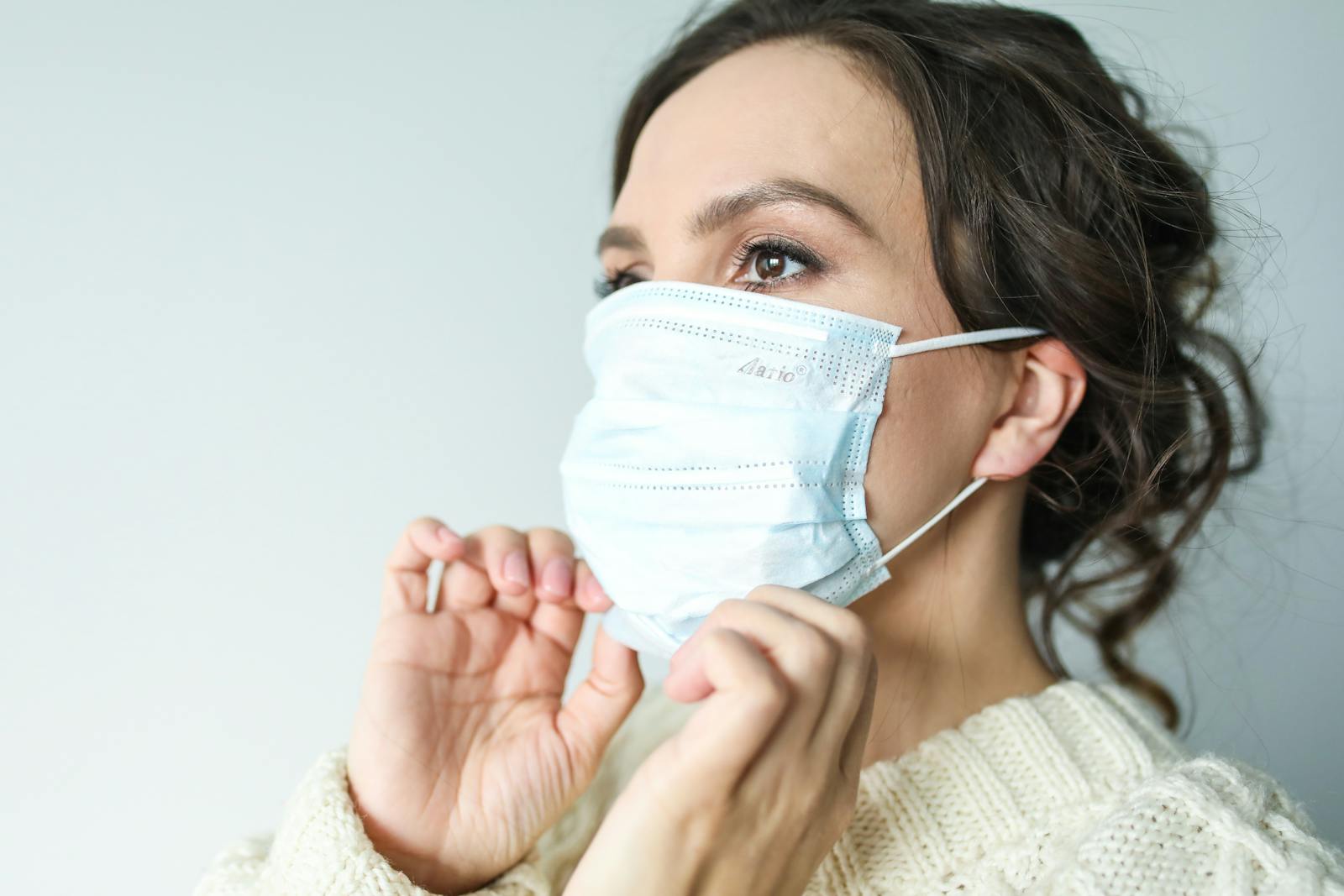The concept behind the term “pandemic” has evolved over the centuries to describe philosophical, social, and medical issues which had 2 common characteristics: it affected human beings and was a widespread phenomena.1
This generation will always remember the impact of the Covid 19 pandemic on family, friends and the impact to daily life. According to the National Foundation on Infectious Diseases, more than 1 million people died. Most were lost due to severe respiratory infections.
Reported by the National Library of Medicine, “In the United States, the first coronavirus‐related activity restrictions were issued on March 12, 2020, when a community within New Rochelle, New York, was declared to be a “containment area.” A traditional quarantine order would require individuals presumed to be exposed to stay at home.” Within a few weeks, the country was in lockdown. This included stay at home orders. It affected schools, businesses and non-essential government operations. An operator of a restaurant, recreational facility, retail store, or any business where foot traffic was the bulk of revenues, suffered major loss of revenue.2
The estimated loss to the US economy from the pandemic was $14 trillion. It included the actual economic impact during the pandemic as well as the impact of changes in personal behavior after the lockdown was lifted. Indoor dinning was down 65% and indoor recreation was down 56%. Even outdoor recreation was down 23%.
As a business owner or operator, we must prepare for the next pandemic. It could be a variation or mutation of the Covid 19 virus strain or another new form of rapidly spreading disease with life threatening consequences. Some best practices include the following:
- Obtain insurance coverage
- Include a pandemic contingency in your emergency and recovery plan
- Establish a work from home policy and plan and develop a return-to-work program
- Maintain supplies such as masks and disinfectants
- Layout office and other facilities to allow for distance between workers
- Provide incentives for vaccinations
- Encourage testing when staff have symptoms
- Inspect, test and clean building ventilations systems
- Train staff on good hygiene practices
Footnotes:
1 Agnelli S, Capua I. Pandemic or Panzootic—A Reflection on Terminology for SARS-CoV-2 Infection. Emerging Infectious Diseases. 2022;28(12):2552-2555. doi:10.3201/eid2812.220819.
2 Jacobsen G, Jacobsen K. Statewide COVID-19 Stay-at-Home Orders and Population Mobility in the United States. World Med Health Policy. 2020 Jul 29; 12(4):347-356. Doi: 10.1002/wmh3.350
Disclaimer
The information contained herein is provided for information purposes only and is not intended to constitute legal or other professional advice and should not be relied upon in lieu of consultation with your own legal and/or other professional advisors. Some of the information, examples and suggestions presented in this material may be compiled by third-party sources we consider to be reliable; however, we do not guarantee and are not responsible for the accuracy of such information. We assume no duty in contract, tort, or otherwise in connection with this publication and expressly disclaim, to the fullest extent permitted by law, any liability in connection with this publication. Verita CSG, Inc. does not undertake to update the information included herein after the date of publication. Accordingly, readers should be aware that certain content may have changed since the date of this publication.
